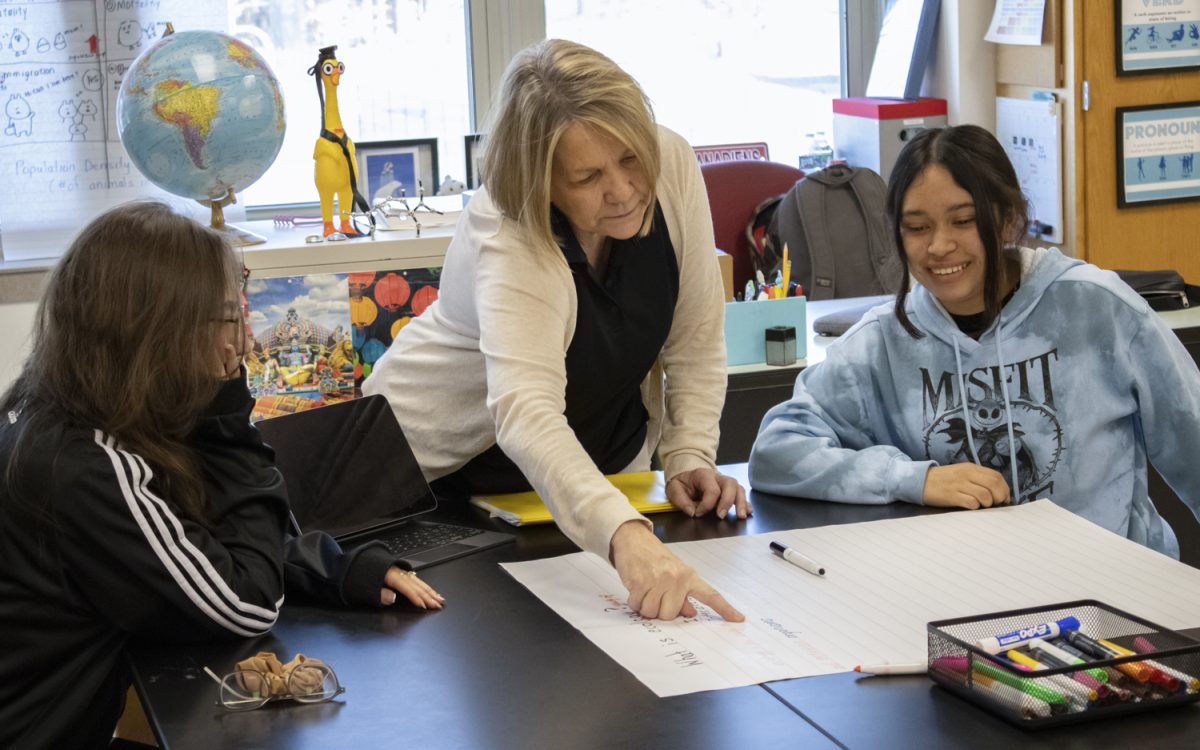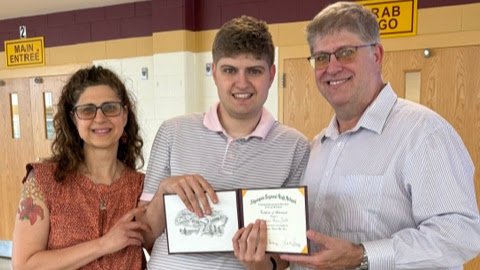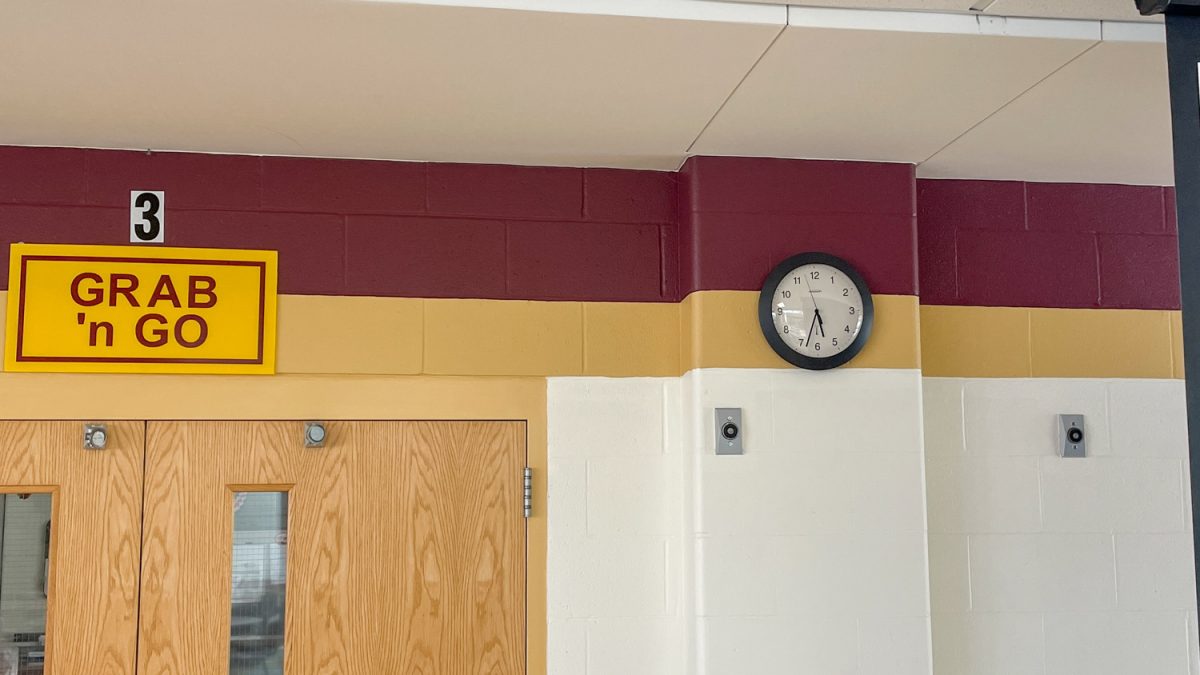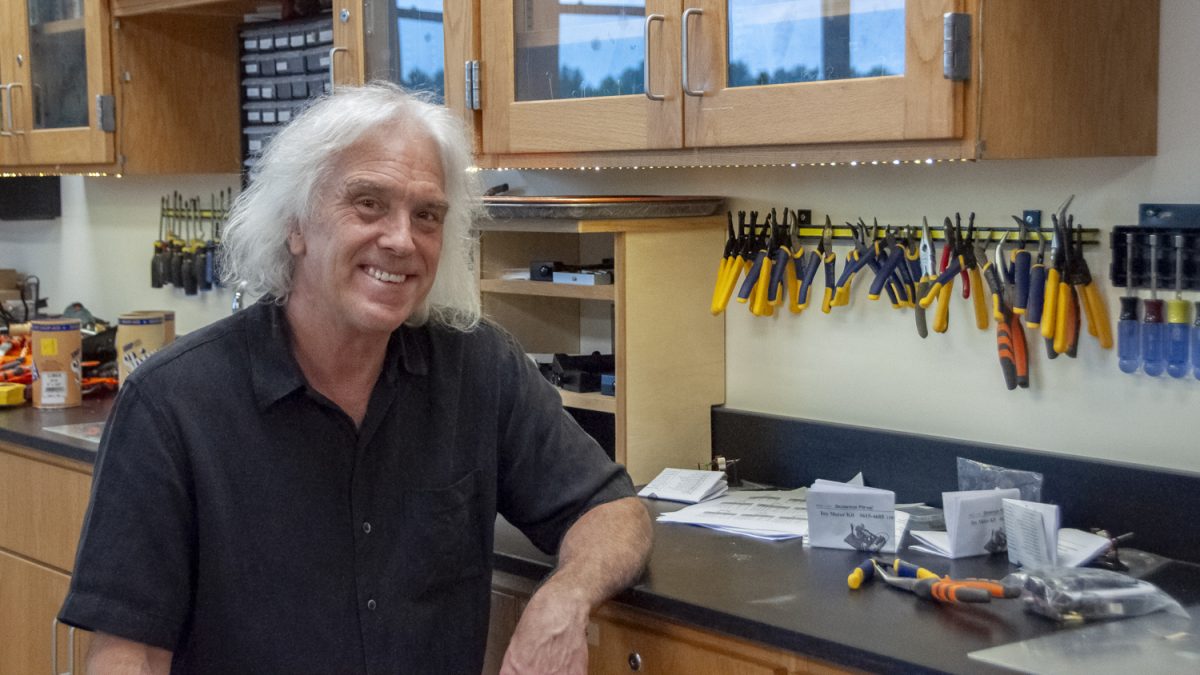New English Language Development (ELD) teacher Sandy Bunsick brings personal and professional language experience as she transitions from elementary to high school. However, she is looking forward to meeting goals with her new students.
Growing up in Canada, English wasn’t the first language in Bunsick’s home. She was raised speaking Dutch, which was her parents’ native language, along with English and French to make it through her school days.
When Bunsick’s parents stopped speaking Dutch at home, she felt like there were a lot of missed opportunities because she was not keeping her parents’ native language. Even though she teaches English, Bunsick encourages students to keep in touch with their own native languages.
“It’s very easy to lose [your language] if you don’t use it,” Bunsick said.
Bunsick discovered her love of working with English learners in her elementary school classroom early on in her career when she lived in Canada.
“Toronto is very diverse,” Bunsick said. “I happened to work in two separate areas of the city. One part is primarily Italian so about 90% of my students spoke Italian, French and English. When I moved to Richmond Hill, it was right around the time that Hong Kong was turned back over to China from Britain, so we had a huge influx of students from Hong Kong in my area. Because of that, I was really doing the job of an English language teacher even though I was a classroom teacher.”
After moving from Canada to the United States, Bunsick took a ten-year break from teaching. She then was relicensed as a regular classroom teacher and took a position at Trottier Middle School in Southborough where she worked with a child from Thailand. This experience felt natural to her and marked a shift in her career.
“I’ve kinda naturally fallen into this job and I’ve always enjoyed it,” Bunsick said.
Bunsick feels at home working with teenagers. She also enjoys having her students for multiple years, allowing her to go more in-depth on topics. Bunsick feels most of her students also have more experience in the English language, so they can dive deeper and have more meaningful conversations.
“The fundamentals of teaching [newcomers] English to some degree are the same [as elementary students]; they have to learn how to survive and the basics of the English language,” Bunsick said. “But, the higher level English learners definitely have more opportunities to engage in different types of topics than you do at elementary.”
Now that she is at Algonquin, many of Bunsick’s students come to the United States having little to no English speaking skills. Bunsick loves to see the constant progress her students make, and she finds seeing their rapid growth rewarding.
“Students go from having absolutely zero English to speaking and surviving in the school,” Bunsick said. “It is truly amazing to watch how happy they are when they start to understand things.”
Depending on their English level, Bunsick has different goals for all her students. Bunsick’s newcomers know little to no English, so Bunsick hopes they can obtain that first level of English and learn to navigate the school while also familiarizing themselves with the basics of English.
“My second-level proficiency students’ [goal] is to start to get them to speak more comfortably in class,” Bunsick said. “We do a lot of practice here so that they’ll participate in class and help them to be able to deal with all the content and vocabulary that’s coming at them from multiple subjects.”
Bunsick’s goals for her advanced students are to polish their English and get them ready to go out into the world while potentially continuing in higher education and being successful in navigating the world around them.
“I’m hoping that I’ll create a safe space for them so that they’ll take risks with language and that they’ll be more willing to participate in their classes,” Bunsick said.











